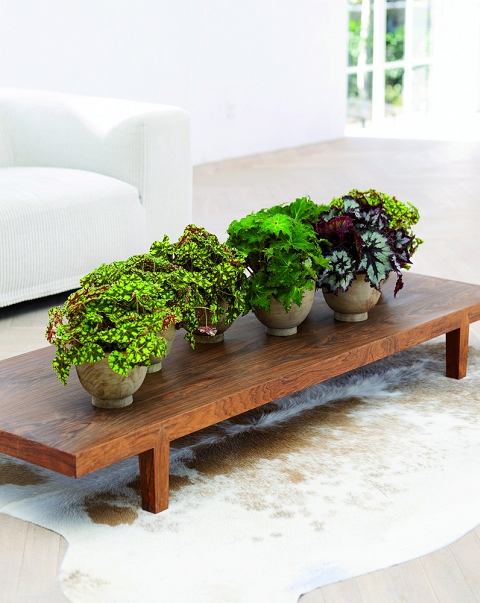 Ready-to-use nutrient salt mixtures are available for such a supply of nutrients to our indoor plants, which are available in all specialty stores. These nutrient salt concentrates contain the minerals and trace elements necessary for normal plant growth in a mixing ratio that is beneficial for most of our indoor plants.
Ready-to-use nutrient salt mixtures are available for such a supply of nutrients to our indoor plants, which are available in all specialty stores. These nutrient salt concentrates contain the minerals and trace elements necessary for normal plant growth in a mixing ratio that is beneficial for most of our indoor plants.
A 0.1% fertilizer solution is usually made from the powdered nutrient salt mixtures, by 1 grams dissolved in one liter of water. With this solution you should then all 2 to 3 fertilize weeks. To facilitate the dosing of the fertilizer solution for indoor plant care, are some of the well-known nutrient salt mixtures (which are particularly suitable for soilless cultivation of indoor plants; see. S. 193) made in tablet form-. The tablets usually weigh 1 Gramm, so that one tablet dissolved in one liter of water, the necessary 0,1 %ige fertilizer solution results.
Some of the nutrient salt mixtures are listed below: Plant nutrient salt "Hydral" (in Pulver- and tablet form)
Nutrient Salt Concentrate "Wopil" (in Pulver- and tablet form) Blumendünger „Floraphil“ (in powder form)
Cactus fertilizer "Tropaphil" (in powder form)
Plant food "Zoroflor" (liquid nutrient solution).
The success of additional nutrition for our indoor plants cultivated in soil depends not only on the choice of suitable fertilizer and its dosage, but also on the sufficient water content of the soil and the weather.
Only plants with moist soil balls may be fertilized. Is the potting soil dry?, then root burns easily occur due to the high concentration of nutrients, especially when mineral nutrient solutions are used.
Choose a day with an overcast sky for fertilizing and prefer the evening to the morning as the time of day. When exposed to sunlight, wetting the leaves with nutrient solution can easily cause burns. But you should also pay attention to it on cloudy days or in the evening, that the above-ground parts of the plant are not moistened with the nutrient solution.
In general, repeated small doses at shorter intervals are more effective than infrequent doses of higher concentrations of the nutrients. The faster the growth takes place, the more frequent and stronger the liquid fertilization can be. Under no circumstances should you fertilize at high temperatures, which adversely affect the normal life functions of plants. Also shortly after transplanting, as long as the disturbed root functions are not restored, fertilization must be avoided. By pouring a nutrient solution a few days before transplanting, we provide the plants with a supply of building materials until new roots can form.
Over-fertilized plants often exhibit exceptionally large, soft, leaves sensitive to light and particularly susceptible to diseases and pests on long ones, thin shoots. That is a one-sided fertilization – and thus a lack of the other main nutrients – very unfavorable effect, can be seen from the considerations of the individual nutrients and their influence on life processes.
One should be particularly careful when fertilizing variegated plants, in which quite frugal nutrition or even "hunger" promotes the coloring and markings in many cases, while too much food easily leads to greening.
